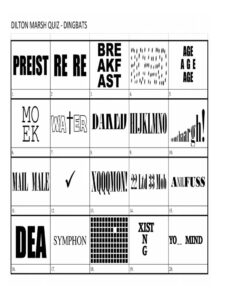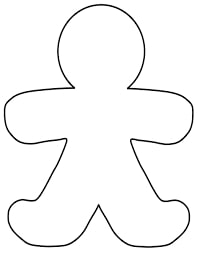PrintableJD.Com – Printable Dermatome Map – A dermatome map is a crucial tool for healthcare professionals and students alike. It provides an essential visual representation of the areas of skin innervated by the sensory nerves originating from each spinal nerve. Understanding dermatomes is vital for diagnosing and treating various medical conditions involving nerve pain and sensory disturbances. In this article, we’ll dive deep into the importance of dermatomes, their clinical relevance, and how to use a printable dermatome map effectively.
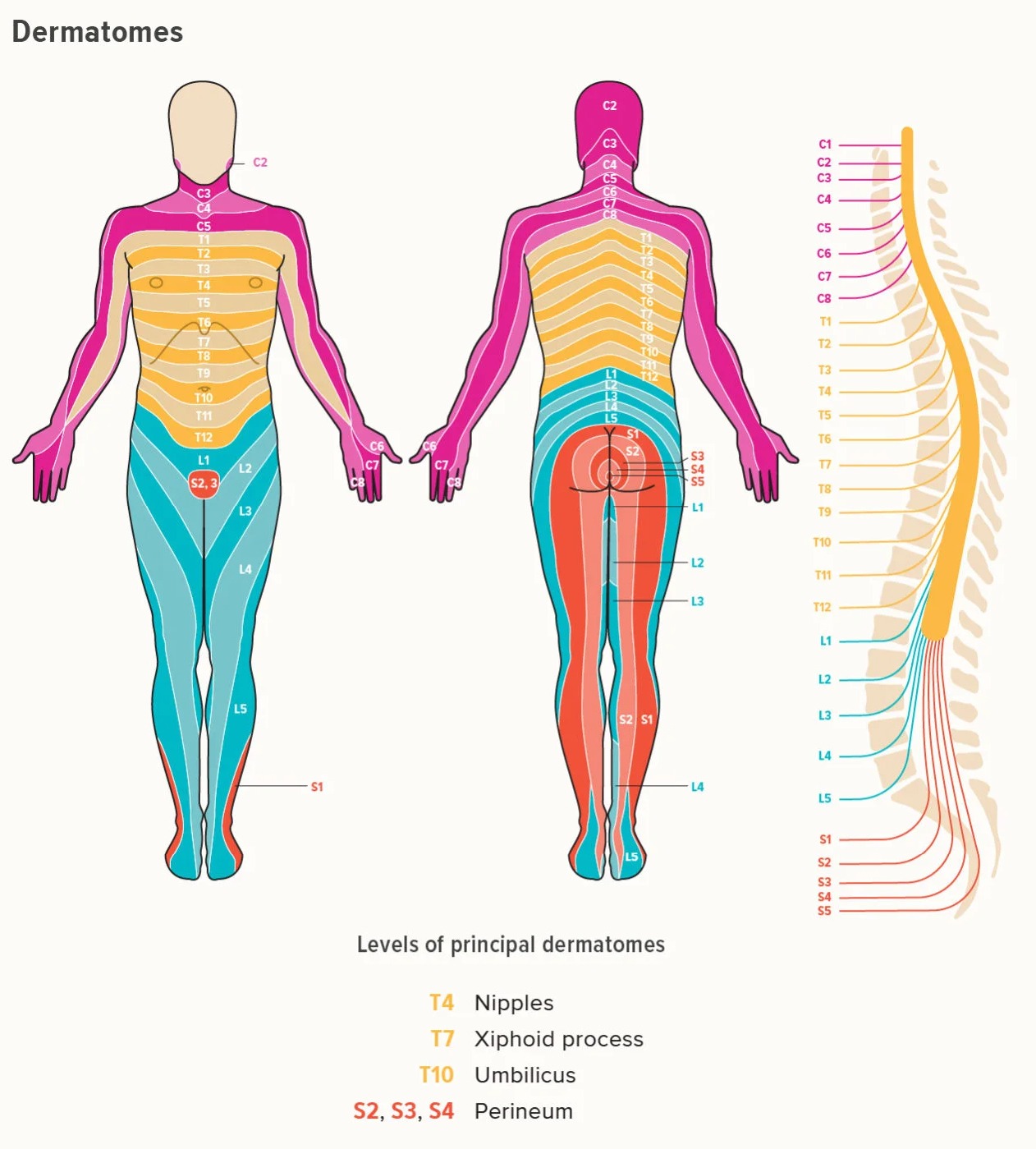
Understanding Dermatomes: The Basics
Dermatomes are specific areas of skin supplied by a single spinal nerve. The human body has 31 pairs of spinal nerves, each responsible for transmitting sensory information from a particular region of the skin to the spinal cord and brain. Dermatomes follow a segmented pattern along the body, with each spinal nerve corresponding to a unique dermatome.
Key Dermatome Landmarks
To help you understand the layout of dermatomes better, here are some essential landmarks of the human body:
- C2: Base of the skull
- C6: Thumb
- C8: Little finger
- T4: Nipple line
- T10: Umbilicus
- L1: Inguinal region
- L4: Knee
- L5: Dorsum of the foot
- S1: Lateral aspect of the foot
- S2: Popliteal fossa
- S3: Ischial tuberosity
- S4-5: Perianal region
Clinical Relevance of Dermatomes
Understanding the dermatomal distribution is crucial for healthcare professionals in diagnosing and managing various medical conditions. Here are some key examples:
Herpes Zoster (Shingles)
Herpes Zoster, also known as shingles, is a viral infection caused by the varicella-zoster virus. It manifests as a painful, blistering rash that follows a specific dermatomal pattern. By identifying the affected dermatome, healthcare professionals can accurately diagnose and treat the infection.
Spinal Nerve Root Compression
Conditions such as disc herniation or spinal stenosis can compress spinal nerve roots, causing pain, numbness, or weakness in the corresponding dermatome. Accurate identification of the affected dermatome aids in determining the spinal level of compression, and guiding treatment options.
Sensory Loss
Injuries or diseases affecting the peripheral nerves or spinal cord can result in sensory loss. Identifying the dermatomes involved can help healthcare professionals pinpoint the location of the nerve damage and devise appropriate management plans.
Using a Printable Dermatome Map
A printable dermatome map is a valuable resource for studying and understanding the distribution of dermatomes. Here’s how to use one effectively:
- Download: Find a high-resolution printable dermatome map online, and download it to your device.
- Print: Print the dermatome map in color and at an appropriate size to ensure readability.
- Study: Use the dermatome map as a visual aid to study the dermatomal distribution and key landmarks.
- Test: Test your knowledge by identifying dermatomes on yourself or a partner.
- Reference: Keep the dermatome map handy as a quick reference during clinical practice or education.
What is a Dermatome Map?
A dermatome map is a diagram that shows the areas of the skin that are supplied by each spinal nerve. There are 31 pairs of spinal nerves in the human body, and each pair supplies sensation to specific regions of the body. The dermatome map is used by healthcare professionals to diagnose and treat conditions that affect these sensory pathways.
A printable dermatome map can be very useful for patients who have chronic pain or other conditions that affect their sensory nerves. It allows them to identify which areas of their skin are affected by their condition, and to communicate this information more effectively with their healthcare provider. Patients can also use the map to track changes in their symptoms over time.
While a dermatome map is not a substitute for medical advice or treatment, it can be an important tool for managing certain conditions. By understanding how nerve pathways work and where they are located in the body, patients can take an active role in managing their own health and well-being. A printable dermatome map provides a visual guide to these important pathways, making it easier for patients to understand how they connect different parts of the body with the brain.

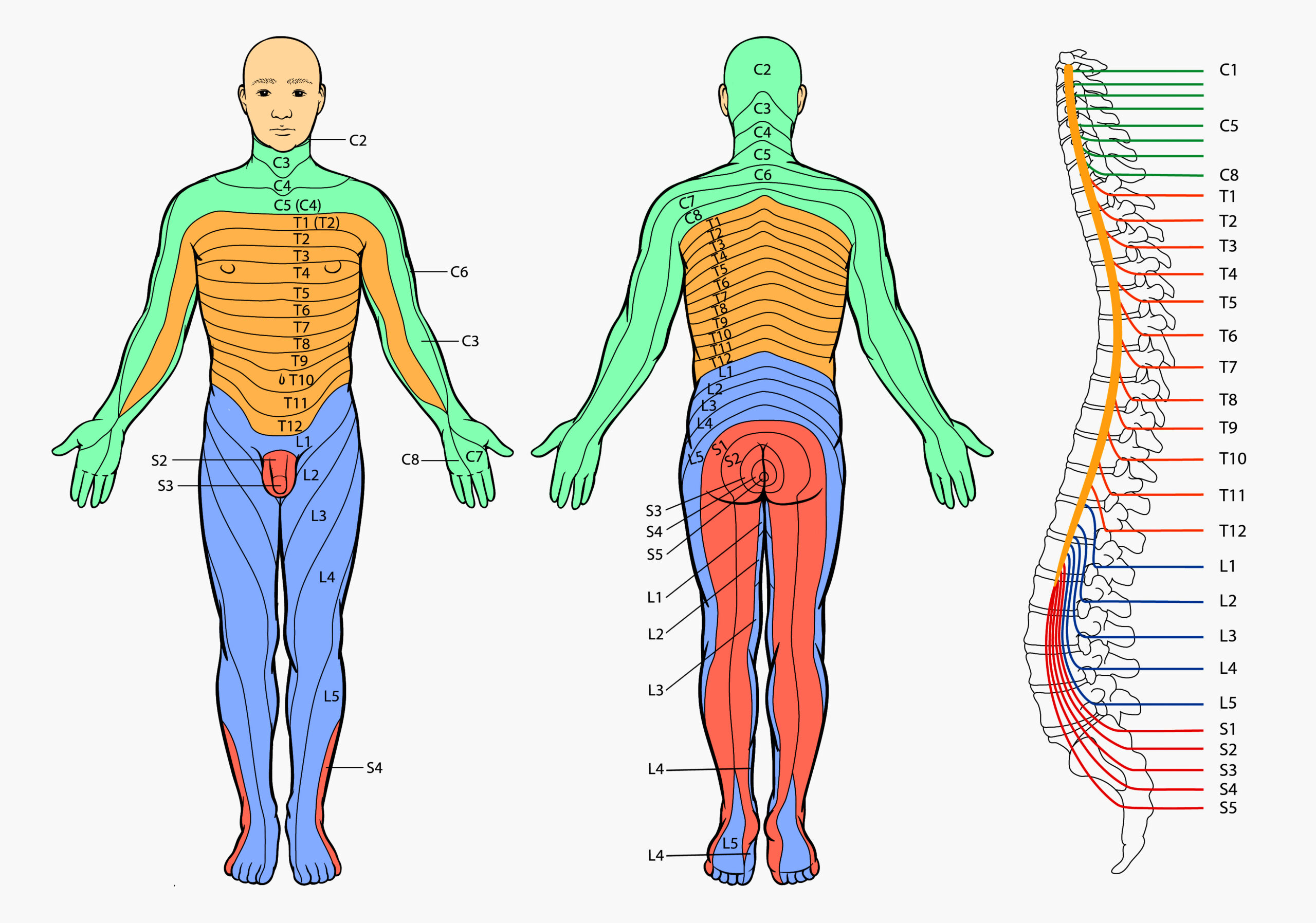
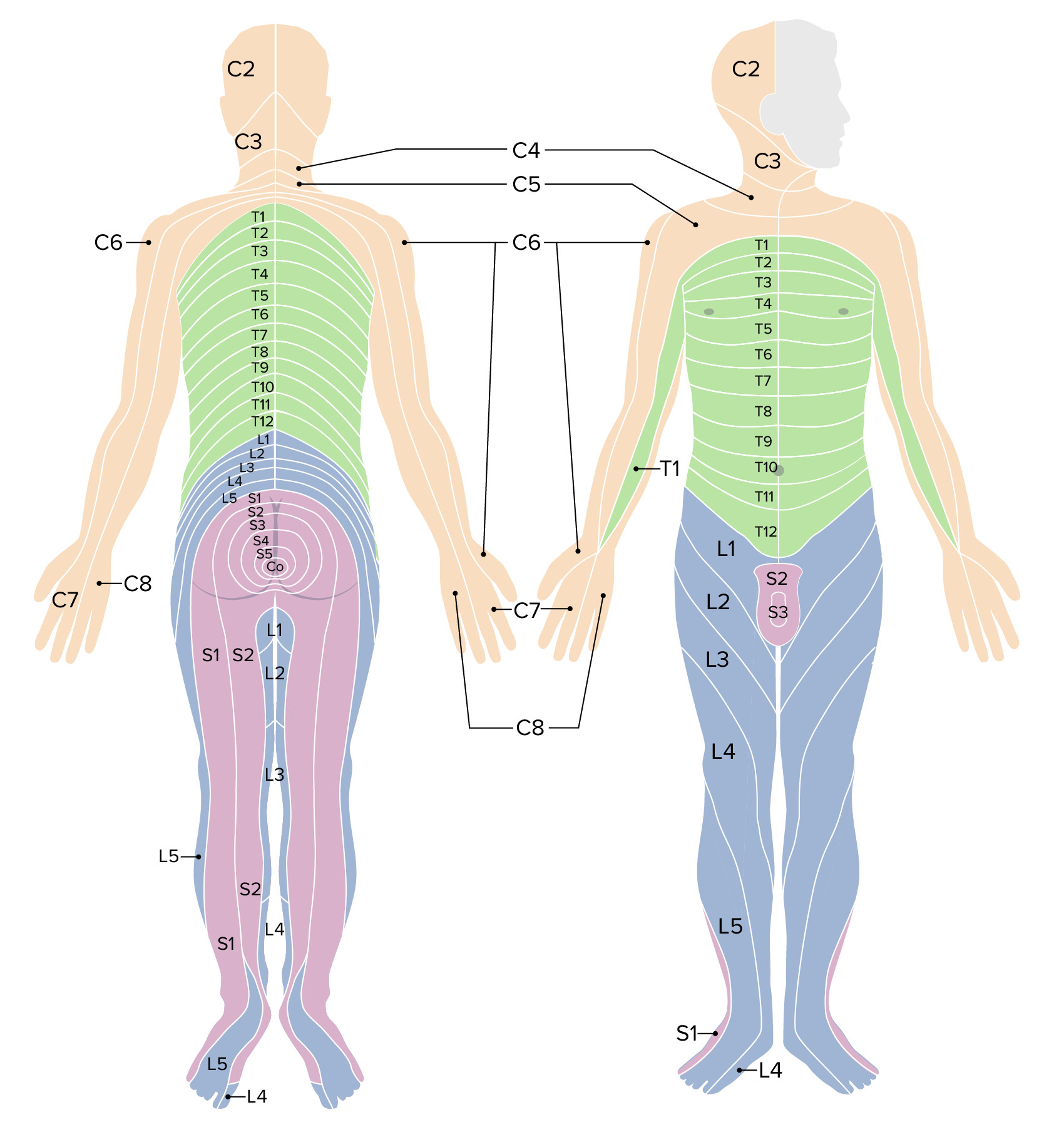
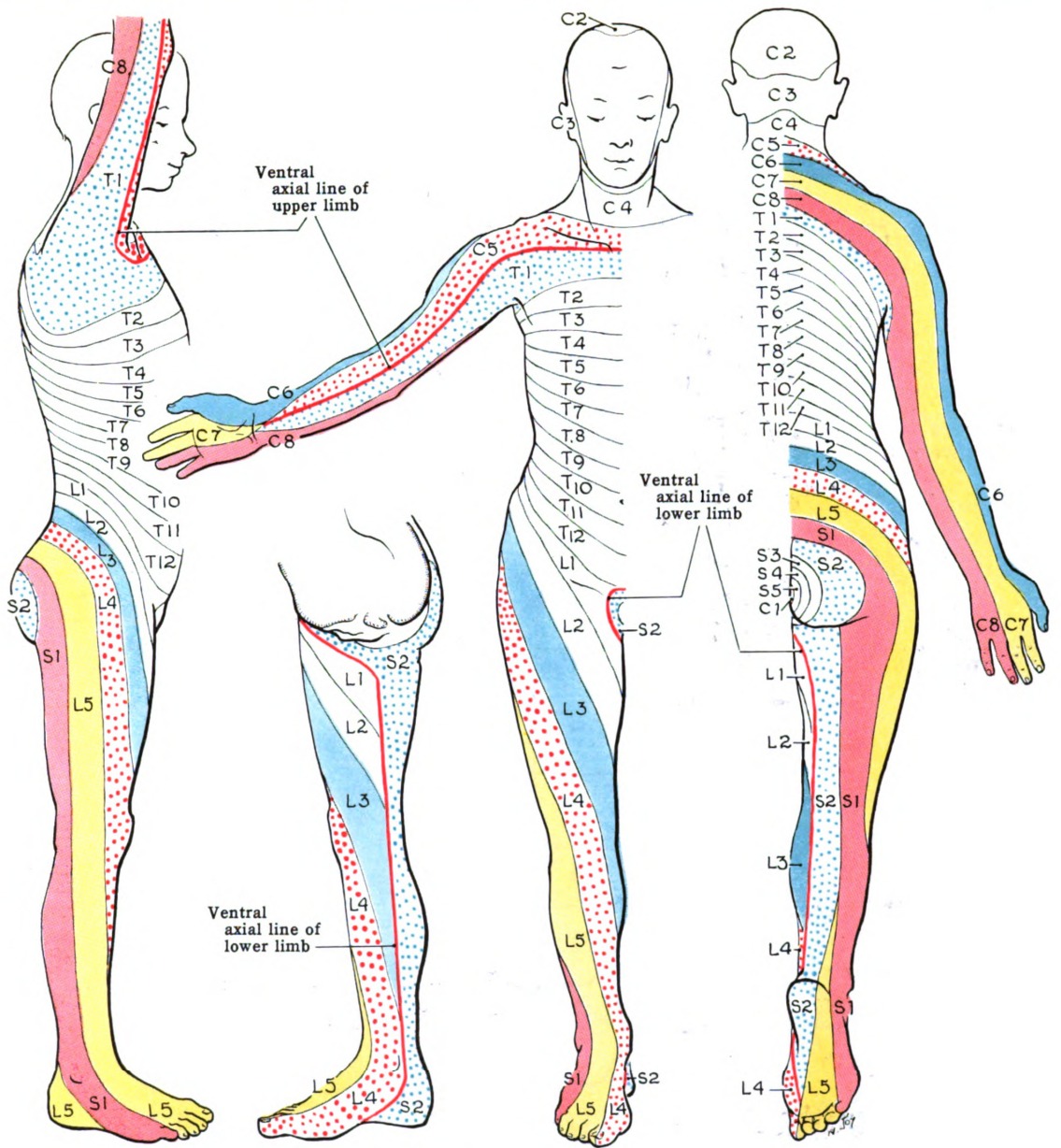
Printable Dermatome Map
A printable dermatome map is a useful tool for both medical professionals and patients alike. Dermatomes are areas of the skin that correspond to specific spinal nerves, and understanding their distribution can aid in identifying the location of neurological issues. A dermatome map shows these areas in a clear and concise manner, allowing for easy reference during diagnosis and treatment.
For medical professionals, having access to a printable dermatome map can streamline the diagnostic process by providing a visual aid to help identify potential nerve damage or injury. It can also be used as an educational tool to help explain conditions such as shingles or radiculopathy to patients in an easy-to-understand way.
For patients, having a printable dermatome map can provide reassurance and understanding of their condition. By seeing the exact location of their symptoms on the map, they may feel more informed about their diagnosis and better equipped to discuss treatment options with their healthcare provider. Overall, having access to a printable dermatome map can improve communication between medical professionals and patients, leading to more effective diagnosis and treatment outcomes.

